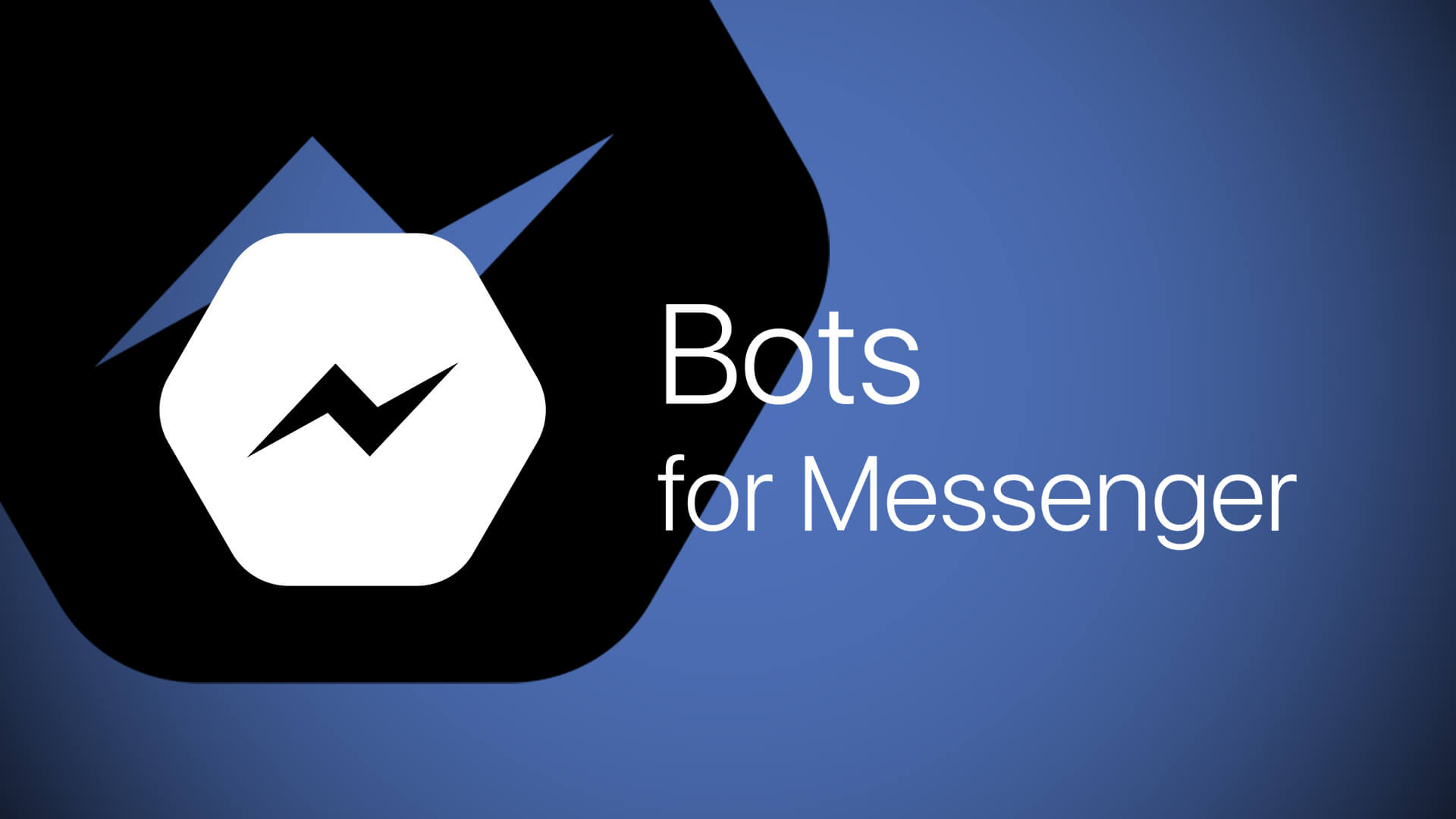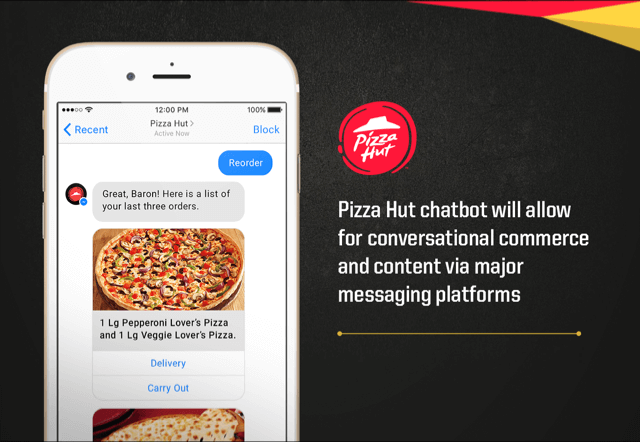The pros, the cons and the future of Facebook chatbots
Thinking of swapping out your customer service agents with chatbots? Before you do, columnist Jordan Kasteler discusses the pros and cons of the technology and what the future holds for brands.

Sounds pretty great all around, right? Since then, many marketers have jumped at the chance to use this technology to improve customer relations while boosting conversions. But what does the future look like? And how can your business harness this tech for your own benefit?
Where we are today
Before we look too closely at the future of chatbots, it’s a good idea to get a pulse on where we are today. Quite frankly, the launch of this new technology has been rocky at best. Many of the bots were buggy, and customers said they felt downright annoying rather than helpful.
Ouch. That’s the opposite of what marketers were hoping to achieve with this technology, so is it still worth paying attention to? Absolutely!
Facebook admits that the artificial intelligence just hasn’t become as powerful as it needs to be to dominate the market in the way that many predicted it would — but that doesn’t mean the future isn’t bright for these bots.
Facebook is doubling down on the technology and planning to make it better, faster and more powerful than we’ve seen over the past year, which makes it worth paying attention to.
This technology has a lot of promise, and the future looks bright. So bright, in fact, that it’s time to start planning or refining your strategy so you’re rocking and rolling with the developments as they come (and they will come fast and furious with the amount of manpower behind this technology).
But this technology isn’t for everyone. Here are the future pros and cons to using Facebook chatbots for your business.
Pros and cons of using Facebook chatbots
Pro: It’s personal
One of the biggest challenges with any kind of automated marketing is personalization. How do you make an interaction with a robot look and feel like a conversation with a human? The answer: chatbots.
Take this example from Pizza Hut (which could be used by any kind of ecommerce business with a customer order history on file). When a customer writes “reorder,” Pizza Hut answers with a list of his or her last three orders, making it easier to choose and get the pizza in the oven.

Source: Pizza Hut
For quick transactions like this, it’s nice not to have to wait on hold while the clerk finishes up with a customer in store or takes another order on another line. You’re able to get your pizza cooking quickly with as little fuss as possible.
Con: It won’t replace the human touch
No matter how helpful these bots are, they still can’t do everything a human can. Sure, you can program messaging that sounds empathetic to problems, or you can create excitement with personal messages, but is that enough?
Most savvy consumers today can see right through bots. They know when there’s an automated response, and they know when someone’s on the other side of the screen trying to help. If there’s a real need to talk to a human (and many times there is when something goes wrong), the human touch is essential to protecting your brand.
Pro: You can redirect conversations
One of the biggest benefits to social media is its ability to amplify positive testimonials. But, in that same vein, one of the biggest worries about social media is how much it amplifies negative feedback.
With a chatbot, you can redirect conversations away from the public spotlight and onto a private channel. But that’s always been available. What hasn’t been is the ability to automatically and swiftly repair a problem.
Because you’re using artificial intelligence to diagnose and resolve a problem, the customer is happy with the fast response time, reducing the likelihood of public venting and brand bashing.
And if for some reason the bot cannot resolve the problem quickly, a human can still step in, get full insight into what the problem is and continue the conversation seamlessly. This consistency makes it so the customer doesn’t have to repeat the problem, which, in turn, makes the interaction feel better all around.
Con: If the bot can’t resolve it, and there’s no human interaction, you could do more harm than good
The only downside to this is that if a bot cannot resolve a problem, and there isn’t a person to follow up, you could do more harm to your brand than good. The already upset customer could spend more time battling his or her way to a real human, which could only escalate already high emotions.
This is the equivalent of what we saw with automated phone systems. Instead of a customer angrily yelling, “OPERATOR” into the phone, he or she could go back to the public forum to vent even louder about your brand.
To combat this, you’ll still need to have a team of agents on standby ready to help when the bot cannot.
Pro: You could drop your app altogether
This is a big one for many organizations. Instead of having to update, maintain and promote an app in an overcrowded marketplace, you could drop your app entirely and migrate your communication to a chatbot.
Many consumers actually prefer this method. Instead of having to click to open an app, they can have the conversation they need with your business right in the comfort of the platforms they’re already using — in this case, Facebook.
Uber has done this masterfully already, and I imagine many other businesses will follow suit. Instead of having to open an Uber application, Facebook Messenger users can request an Uber straight from their app and have a personalized interaction in the process.

Source: Uber
Instead of copying the address from a conversation, closing Facebook, opening the Uber app, and then pasting the address there, users can now tap on an address and request a ride.
Uber is truly showing the future of what Facebook chatbots can be as it’s testing the ability to show up in group conversations — something that’s still in development mode for most businesses.
Con…:
There really isn’t a con to eliminating the need for an app and instead operating inside Facebook Messenger — other than for people who don’t have Facebook Messenger. But for those who do (and that’s over a billion people), it’s a major opportunity to ease the customer service experience and provide real-time engagement.
The future looks bright
Sure, the start to Facebook chatbot development was a bit rocky, but the future looks bright for this new tool. Real-time engagement will soon happen more often in the place where billions of people already hang out — on Facebook.
But don’t swap your customer service agents out for chatbot developers quite yet. Having human interaction will still be paramount as we move forward toward a world of AI — which, for it to work well, is still years away.
Opinions expressed in this article are those of the guest author and not necessarily MarTech. Staff authors are listed here.
Related stories